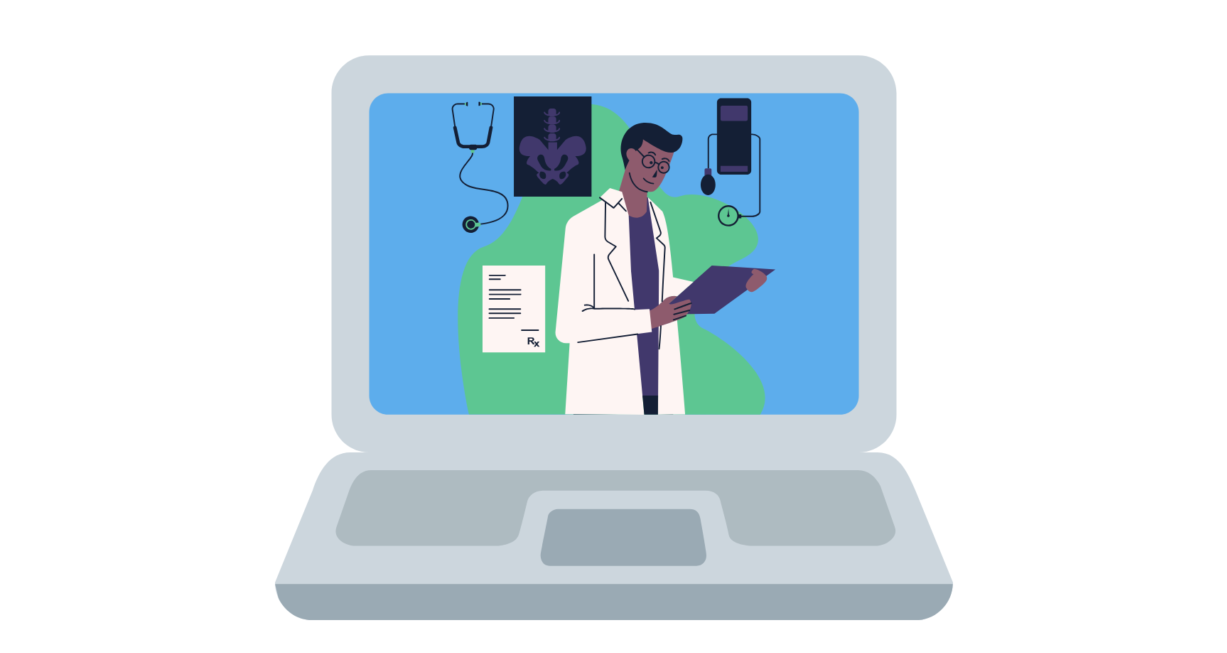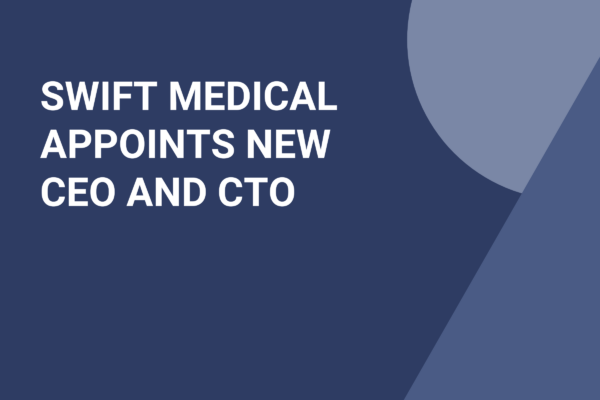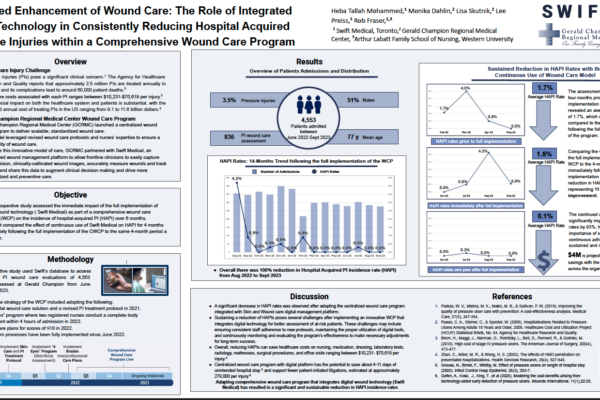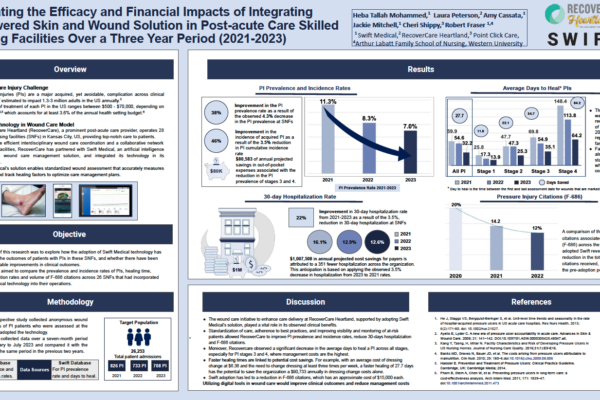We attended a great Telehealth Webinar held by CDW Healthcare on April 27th, 2020, which provided critical insight into how to apply for a portion of the $200 million dollars of FCC funding the US federal government has set aside for Telehealth advancement. In the time of the COVID-19 pandemic, the advancement and use of Telehealth has skyrocketed.
Five esteemed panelists spoke on how to apply for funding, meeting the qualifications for funding, and how the pandemic has increased Telehealth usage and has overall altered the future of healthcare. Each shared their unique perspective on applying for FCC funding and how their companies are progressing in the time of COVID-19 with their contributions to the expansion of Telehealth.
Advantages of Telehealth
Telehealth is currently changing medicine with its accelerated use; it ensures that those in need of medical care still have access to it, and can get it without putting themselves and others at risk. It has replaced many clinic visits, in favour of televisits. Telehealth allows individuals to seek medical attention or advice via televisits, while avoiding contact with other sick people and reducing personal exposure. Jake Wahrer, of Northern Nevada Hopes, noted the benefits of televisits for higher risk individuals, such individuals with HIV who are immunocompromised.
Some behavioural health clients preferred the ability to have conversations in safe spaces like from the comfort of their own homes. With a lesser volume of outpatient clinic visits, more personal protective equipment (PPE) can be preserved. Even in an inpatient setting, PPE can be conserved by allowing only one medical professional into the room. With telemedicine, this one individual is still capable of communicating with other hospital staff in various departments to maintain a high level of care. Telehealth will continue to emerge in various fields of medicine, including pharmacology, virtual physical therapy and wound care.
These innovative technologies are not only applicable to COVID-19 but are widely applicable in patient care. The use of such technologies enhance overall patient monitoring and have had unpredicted additional uses for in-patient care such as communicating between different facilities within one hospital, access to coworkers and other professionals for consultations, and creating efficient treatment opportunities with faster appointments and reduced waiting through virtual waiting rooms.
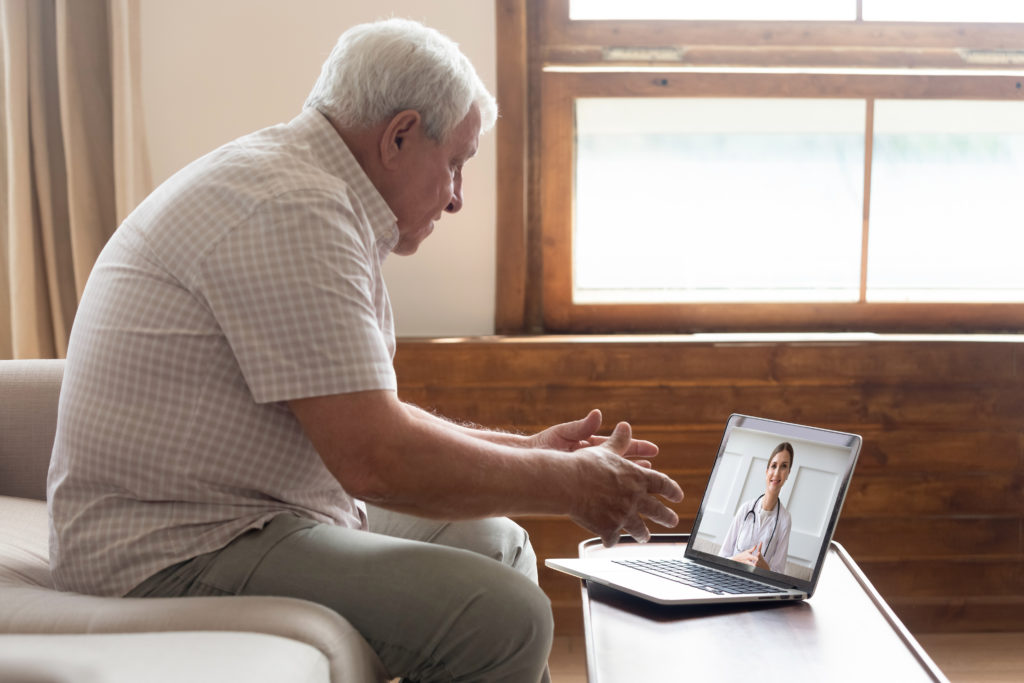
Obstacles to overcome
As Telehealth is incredibly new, there are still obstacles to overcome. Not all individuals have access to technology, so it is still important to focus on how to better serve higher risk individuals and underserved populations. There has been anxiety with clinician Telehealth use in its early stages, with a deluge of new and unfamiliar technology to adapt and learn. As it is fairly new, with many emerging technologies, there are very few standards in place – they will continue to develop as additional standards are put in place.
So how can I get funding to help me get started?
In order to qualify for funding, nonprofit and public healthcare organizations must fall under one of eight eligible institution categories, provide an eligible product or service, and be currently treating COVID-19 patients. With $17 of the $200 million dollars allotted, receiving funding remains competitive and focused on regions that have been the hardest hit, improving remote patient monitoring and expanding treatment access to higher-risk and lower income individuals and communities.
To begin, complete a registration for an FCC license in the Commission Registration System (CORES). Then, eligibility determination is obtained through the Universal Service Administrative Company (USAC). Registering for the federal System for Award Management is an important step for reimbursement.
The FCC Application
There are five tabs and three overall sections to the FCC online application.

The application will require a contact who is very familiar with services and condition and who can speak to the purpose and intent of the application. They must also be familiar with a timeline of when their services will be available and what can be provided right now. In section 2, is where to make a case for funding including the metrics for the impact of outcomes, COVID-19’s impact on healthcare providers in the area, and how to best target the funding to the people who need it the most. Measuring the metrics requires looking at the change and growth of voice and video clinician visits, seeing an upward trend for video usage. Looking at similar patterns indicate the growth of services, examining the no-show rate for clinic visits at first, compared to the rise of televisits and the increase in client capacity.
Televisits are building back up lost business and greatly reducing the overhead costs to operate with just a computer or tablet compared to an exam room. IT has become an integral part of creating a toolset to enable these advancements. The final section requires a description of the services that will be provided using the funding. Who the services are benefitting, their socioeconomic status, quotes and invoices are all essential additions to the application. The use of Telehealth related invoices provides the reviewing board with information on costs (upfront and monthly expenses) and acts as supporting collateral for the application.
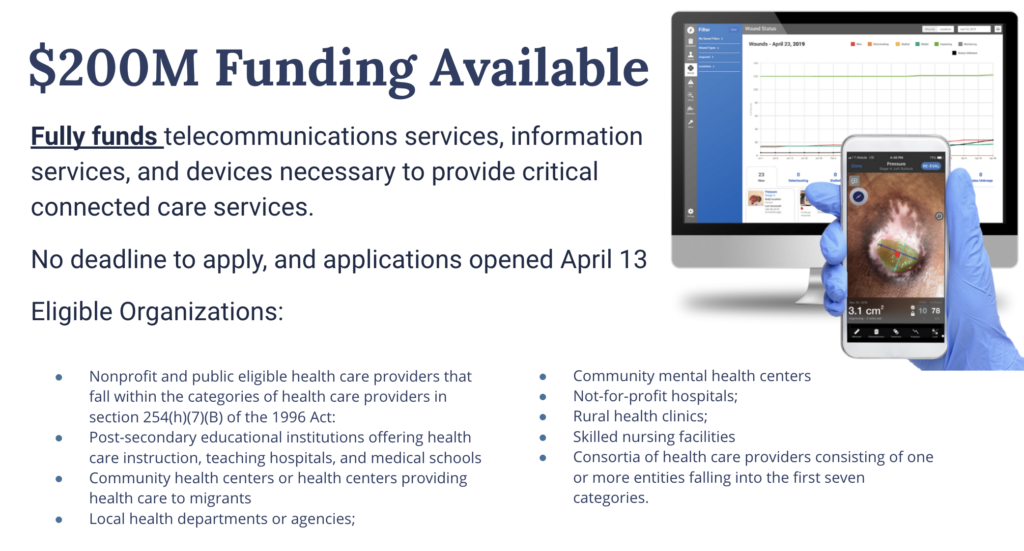
The Future of Healthcare
All panelists shared similar views on the benefits of telemedicine, see it as a silver lining of battling this pandemic. There has been an emergence of innovative technology usage in the healthcare industry that will hopefully continue. With a motivated and diverse team, the funding request process can be accomplished relatively quickly and efficiently. Technology designed in this time will outlast the pandemic and continue expanding for greater use. The overall message was clear, long after the pandemic ends, Telehealth will remain. Telemedicine as we know it now, will be the medicine of the future.

